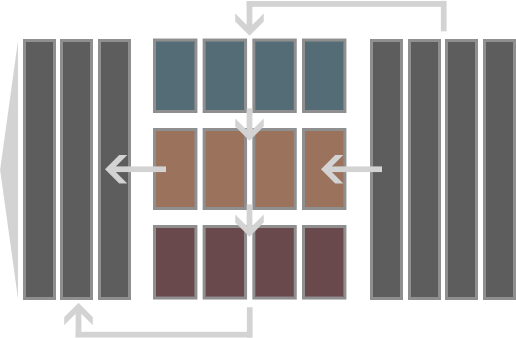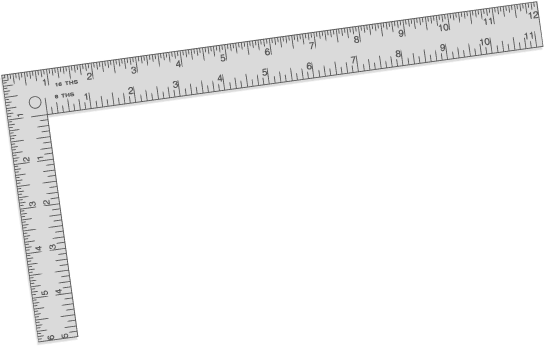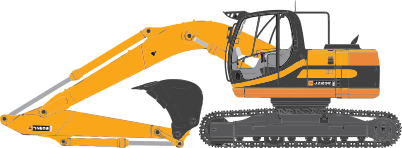Advanced Skills for Training Manager
Course Code TOM2
Duration 4 Days / 32 Hours
Fees 1990 $
Introduction
With proper training, any training program can accelerate performance and provide important economic benefits, and as a practical training manager, you can take charge of this mission within your institution. In this program, you will learn the practical methods, voice techniques and the ideas that proved to be effective for the institutional training management, ensuring concrete and final results.
Who is this program for?
This program was designed for training managers who want to deal with the challenges facing training management these days.
Program’s objectives
- Develop the vision, mission and function of the statement of priorities.
- Determine how to use the management systems’ checking tools to measure his own function, and identify the development areas.
- Use eight steps in the consulting process.
- Use techniques to anticipate the changing training needs in the institution.
- Determine when to use eight types of evaluation tools to identify the training needs.
- Practice how to get the management’s commitment to improving performance.
- Use a nine-part plan to build agreements and work successfully with the executive managers and employees.
- Distinguish how to work to achieve results, not only training activities.
- Determine the basic components of the performance improvement plan.
- Determine the techniques necessary for marketing his own training function.
- Cope with the new trends in training.
- Evaluate the supervision and development of the employees’ training using one hundred efficiency tools.
- Create a work plan to achieve results.
- Use four basic techniques to prepare learners for training.
- Identify the techniques to rationalize the training cost and monitor the training budget in classrooms and training programs via the Internet.
- Use the post-training performance analysis technique as a tool to determine the obstacle to learning transfer.
- Determine certain techniques to involve managers in the transfer of learning.
- Show how the active learner’s role during training affects the transfer of learning.
What You Will Learn?
You will learn:
Managing the Training Function
The recent trends in training.
Identifying the basic roles in training and development.
Determining and setting the priorities of your vision, mission and training function.
Tips to maintain discipline for being an individual in the group.
Performing the review systems of the training department.
Managing and developing the training employees.
Internal Consulting Skills
Determining your place in the management training’s life cycle.
Balancing between the traditional training and the performance consulting techniques.
Using a continuum of internal consulting roles.
Analyzing your role in the organization.
Determining your clients.
Using the eight-step consulting process.
Distinguishing between the trainer, the consultant and the change leader.
Diagnosing the Problems
Determining the evaluation problems.
Studying the manager role using eight tools to control the training department.
Identifying if training is the solution.
Making vague training more accurate.
Sorting the training needs and the things we want.
Using the training design tools to diagnose the problems.
Creating the Plan
Determining the ten performance components to improve the plan.
Determining if the available materials will be used or if new materials will be created.
Determining standards to review the training suggestions.
Using a tool to balance among the training techniques.
Creating a Partnership with the Management and Learners
Ensuring your style of influence.
How to establish credibility with executive managers.
How to be more responsive to the organization.
Increasing your power of influence on others.
Applying strategies to promote the program efficiently.
Developing the tripartite partnerships.
Transfer of Learning
Defining the transfer of learning.
Determining the obstacles that prevent the transfer of learning.
Identifying who will take charge of the application of what has been learned previously.
Discovering four basic tactics to build the groundwork before training.
Reviewing the post-training analysis.
Clarifying how to involve pre-training managers.
Eight basic tips to prepare the employee before training and follow up with him after it.
Discussing the extent of the manager’s influence in providing criticism.
How to perform an evaluation of the learning transfer measurement.
Techniques to determine the expectations that work on the improvement and retention of learning.
Developing work plans to keep everybody on the right track.
Budget Management
How to determine the training cost.
Creating a structure for the training cost.
Performing the analysis of costs and return on investments.
Finding the performance indicators to prove the benefit of training.


















































































































































































